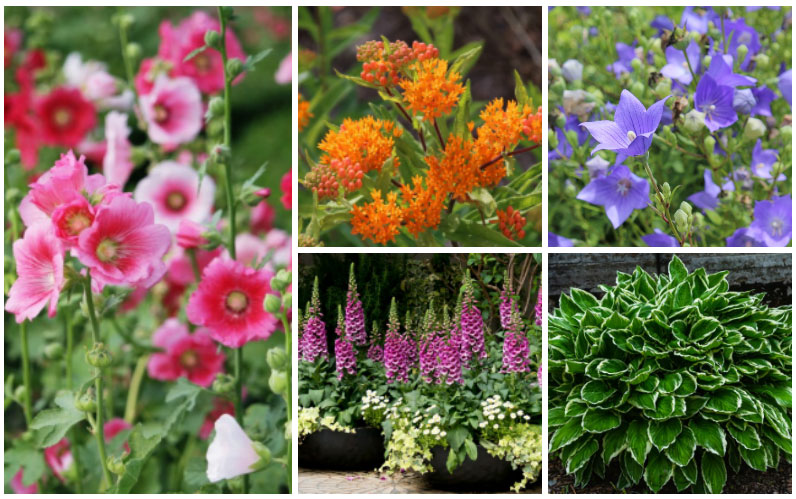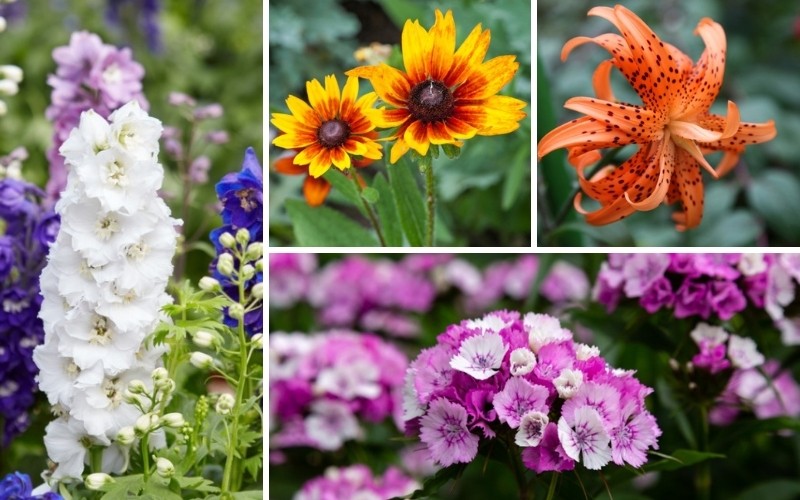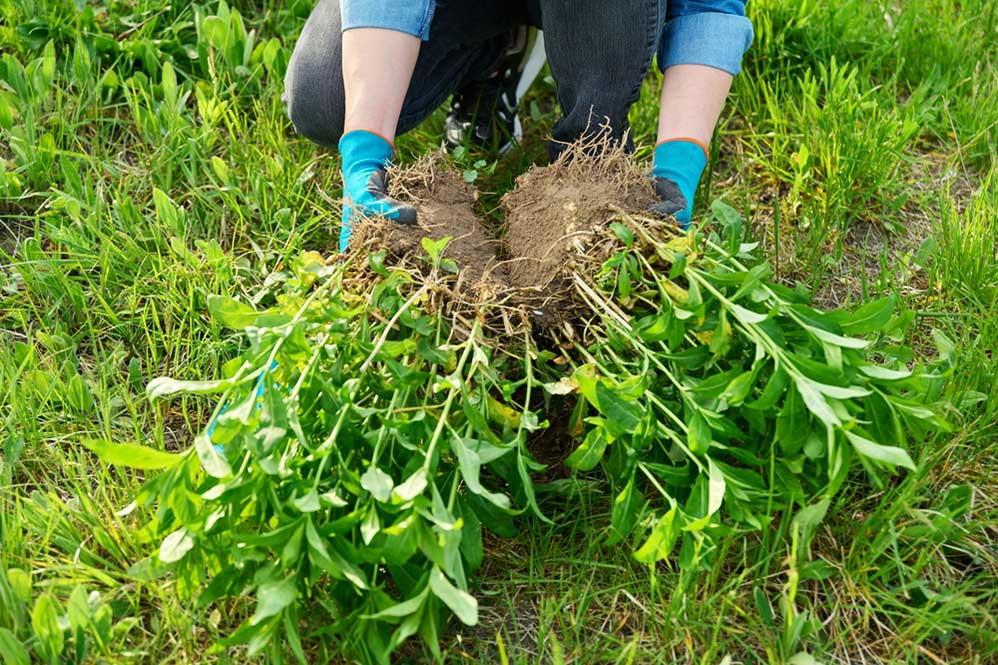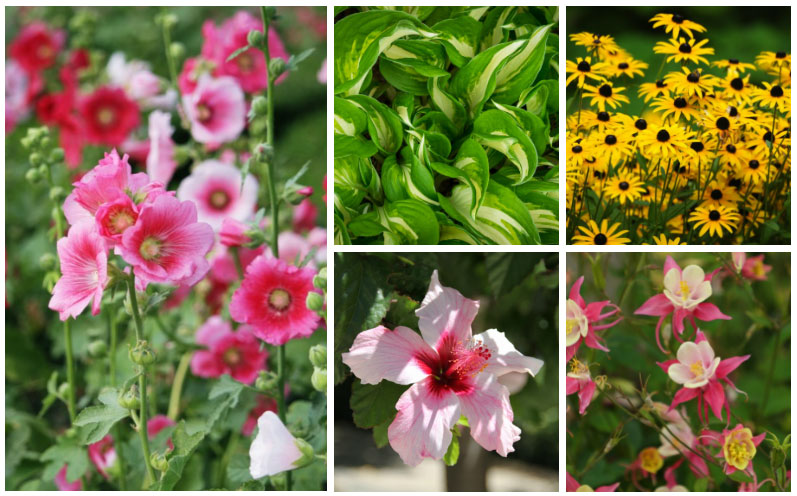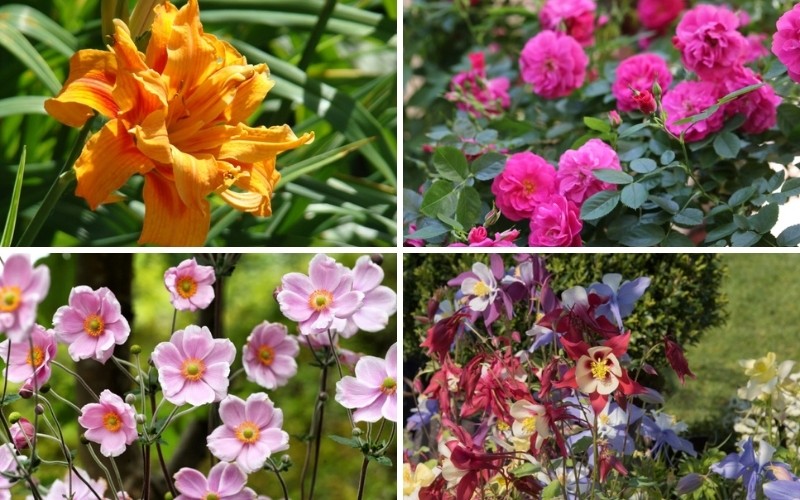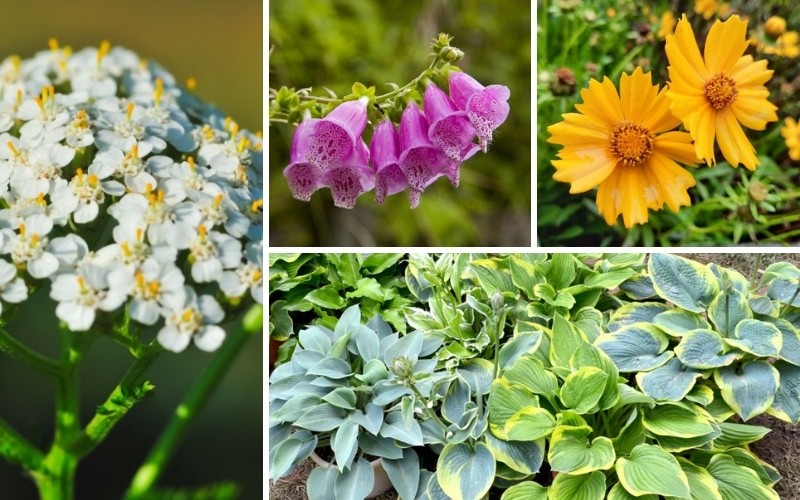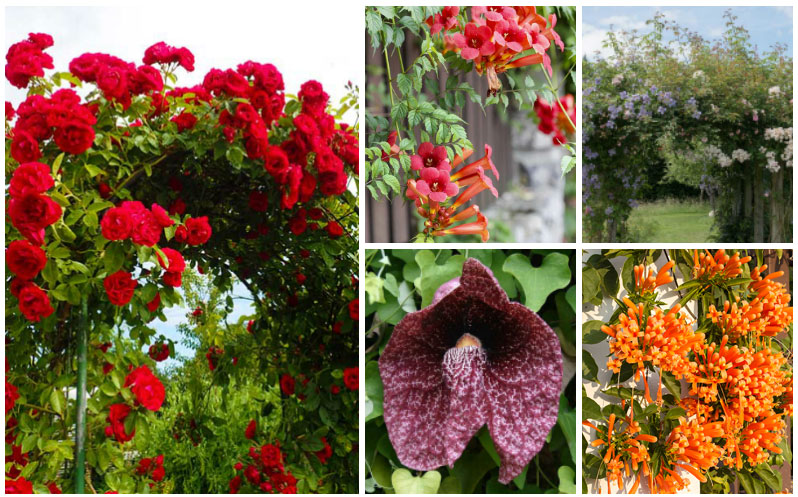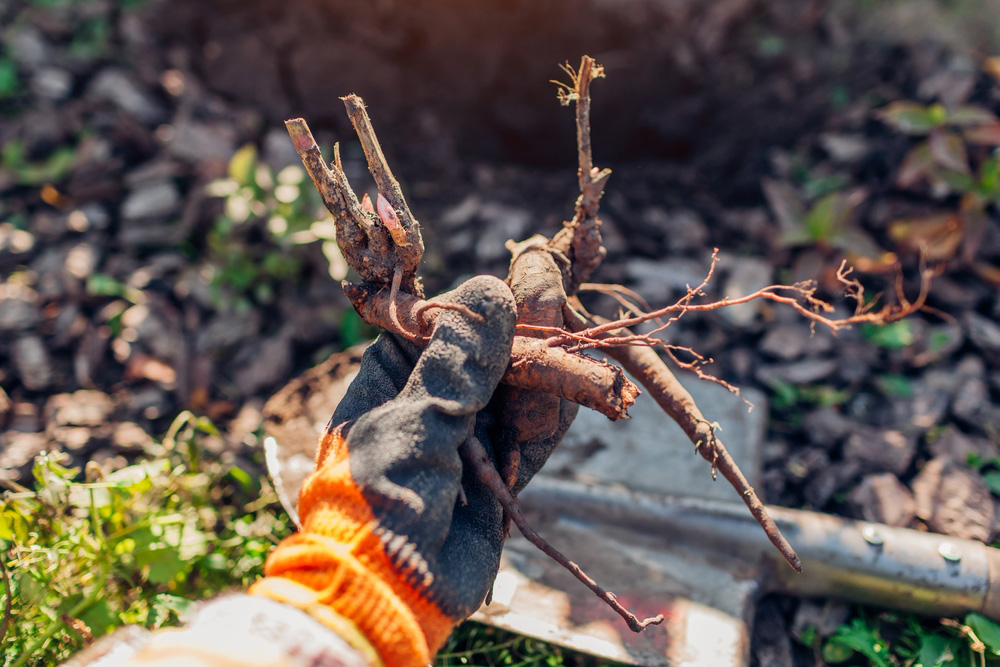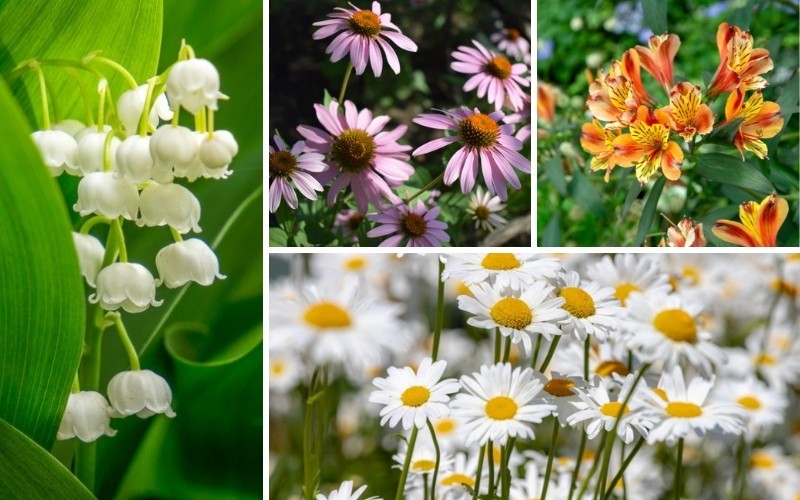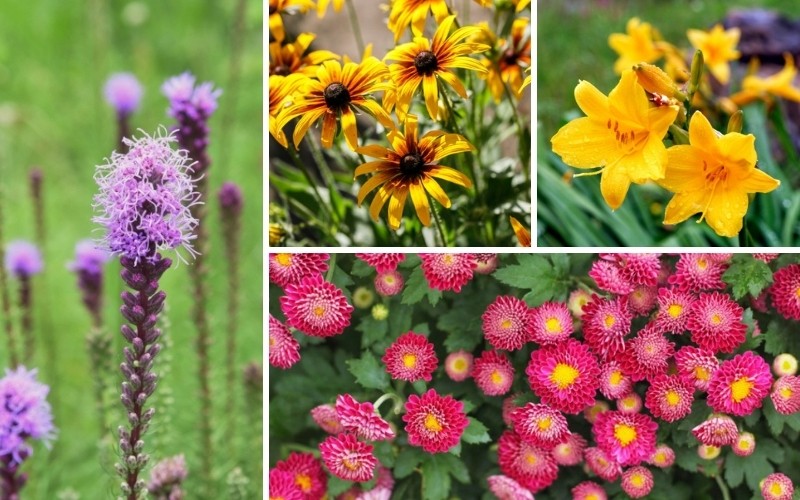
The state of North Dakota encompasses USDA plant hardiness zones 3a to 4a with its cold winters and short growing season. While you can’t grow some of the lush, sub-tropical plants that southern gardeners can, there are plenty of hardy perennials that will thrive in North Dakota.
The following perennials should do well in nearly all parts of North Dakota. Bear in mind that although these perennials are generally considered to do well in North Dakota and they have their USDA plant hardiness zones listed, there may be variations in hardiness even among different cultivars of the same plant. It is vital to check the hardiness zone and growing requirements listed on the plant identification label for any perennial you are buying to make sure it matches the conditions in your garden.
Coreopsis (Coreopsis spp.)
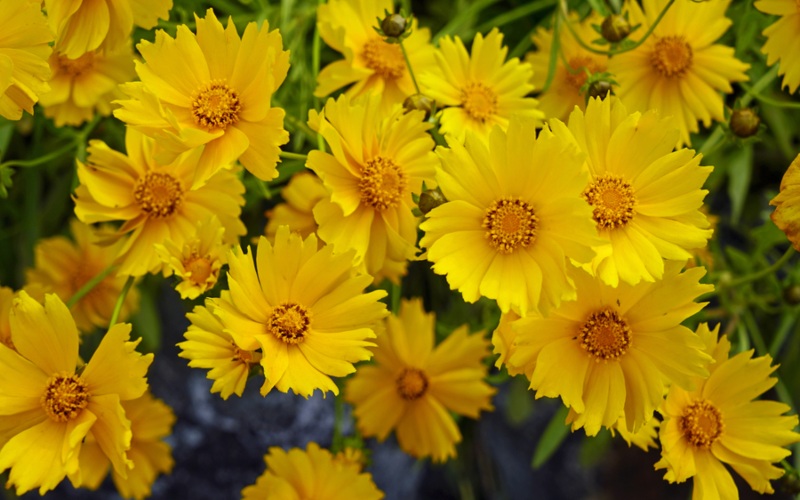
Coreopsis includes a wide selection of daisy-like flowers that commonly range from single to double petaled flowers in shades of yellow and orange. However, many new hybrids are available in shades of red, white and pink making this flower a great choice for the flowerbed. Coreopsis blooms from early summer through to the fall. While some varieties reach a height of a mere 18 inches, some grow to be towering plants of 4 foot or more. They like full sun to partial shade and perform well in average to loamy well-drained soil. Coreopsis is hardy in USDA plant hardiness zones 3 through 10.
Rudbeckia (Rudbeckia spp.)
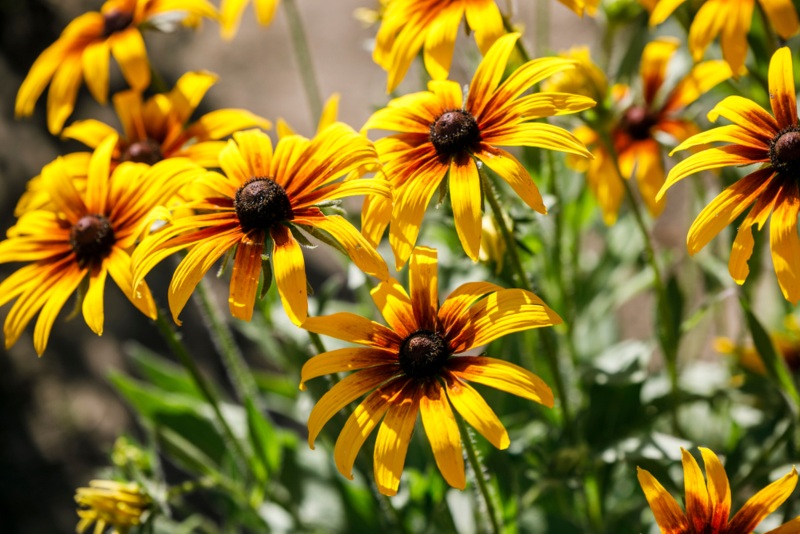
Rudbeckia includes the common black-eyed Susan with its orange-yellow petals and dark eyes, but that is not the only variety of rudbeckia to choose from. These tough flowers come in a range of colors from the beautiful ‘Irish Eyes’ with its soft yellow petals and distinct green eye to a host of autumn colors like rusty orange, red, mahogany and brown. It grows to heights of 2 to 4 feet and does well in either full sun or partial shade. It will grow in nearly any soil as long as it drains well and will even tolerate drought. It is hardy in USDA plant hardiness zones 3 through 9, depending on the cultivar.
Coneflowers (Echinacea spp.)
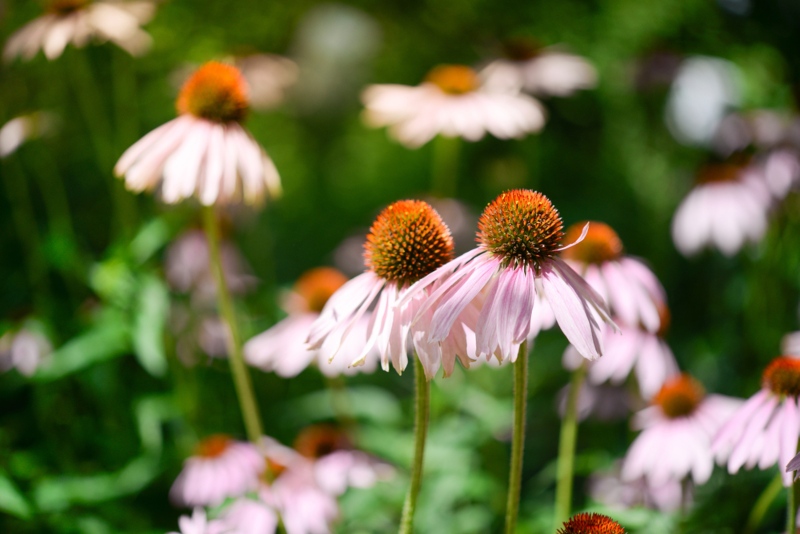
The lovely purple coneflower with its striking orange center is right at home in nearly any perennial bed, but there are other options, too. Coneflowers range in color from pink, yellow and green to deep shades of raspberry and cherry. They reach heights of 2 to 4 feet with a slightly smaller spread. Coneflowers love full sun, but will grow in partial shade. They like evenly-moist soil that drains well. They are hardy in USDA plant hardiness zones 3 through 9.
Blanket Flower (Gaillardia spp.)
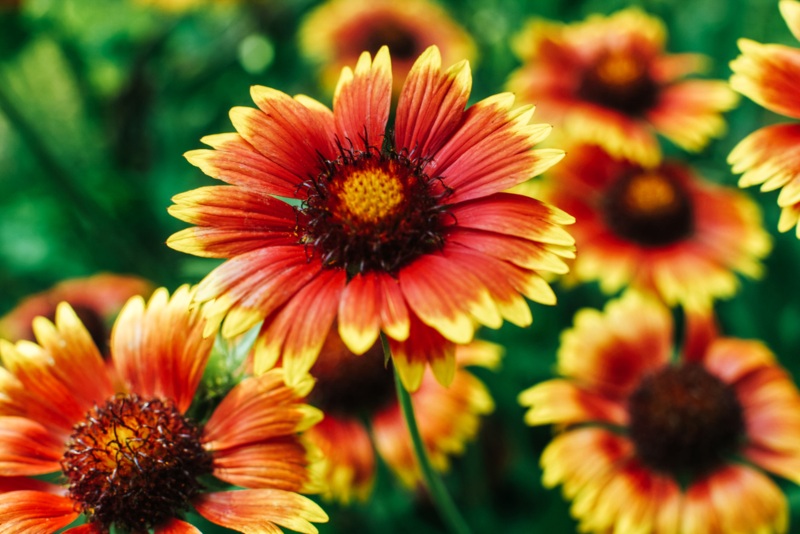
For sizzling color from mid-summer through into the fall, blanket flowers are sure to fit the bill. These daisy-like flowers feature colorful bands of red, orange, yellow and bronze from the tip of the petals down to the center. The contrasting center is typically shades of red. Blanket flower grows to heights of 2 to 3 feet with a spread of 2 feet. It grows best in full sun and humus-rich, well-drained soil. It is hardy in USDA plant hardiness zones 3 through 9.
Garden Phlox (Phlox paniculata)
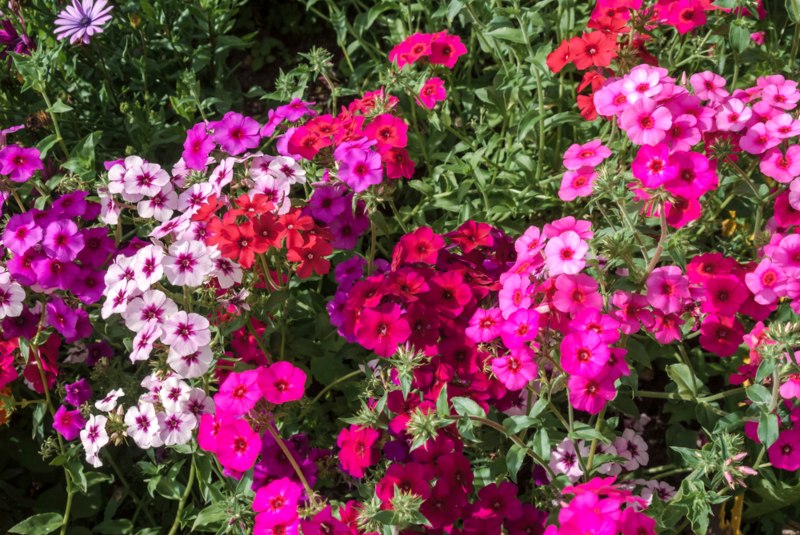
Garden phlox brings the summer perennial bed to life with both color and fragrance. These lovely flowers produce masses of tiny blooms covering a conical flower head. They bloom for a month or more in midsummer and will re-bloom if sheered back after the initial flush of blooms have faded. They range in color from white and magenta with many lovely bicolors in red, pink and white, too. They reach heights of 2 to 4 feet and prefer full sun to partial shade. Phlox like rich, moist soil. They are hardy in USDA plant hardiness zones 4 through 8.
Daylilies (Hermerocallis spp.)
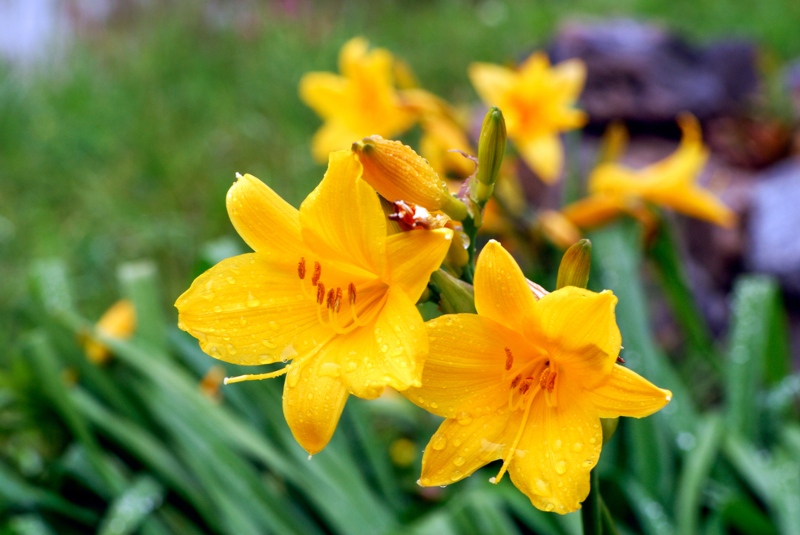
Daylilies are a traditional flower for perennial beds as they are easy-to-care for and come in a wide range of colors and sizes. The trumpet-shaped blooms attract both bees and hummingbirds to the garden. While each flower blooms only for a day, this plant produces so many buds that there are always an abundance of new flowers to enjoy. Daylilies bloom for several weeks, but you can extend the blooming season by planting early, mid and late season bloomers. They prefer full sun to partial shade in average, well-drained soil. They are hardy in USDA plant hardiness zones 4 through 9.
Hostas (Hosta spp.)
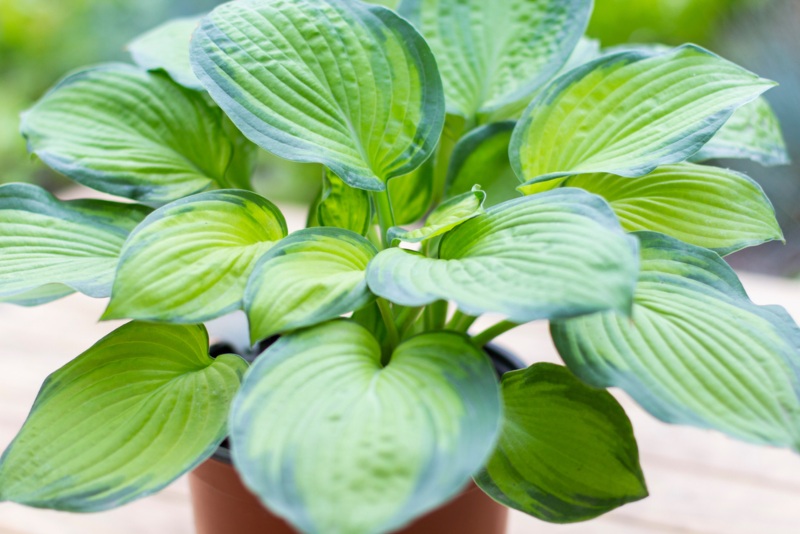
Hostas are the mainstay of perennial beds with their striking mounds of foliage. The massive leaves range in color from deep green or blue-green to lovely variegated varieties that are trimmed in white or gold. These hardy plants range in height from miniature plants of less than a foot, to towering plants of 5 feet. Hostas prefer partial shade, but will grow in more sun. They like moist, well-drained soil and are hardy in USDA plant hardiness zones 3 through 9.
Russian Sage (Perovskia atriplicifolia)
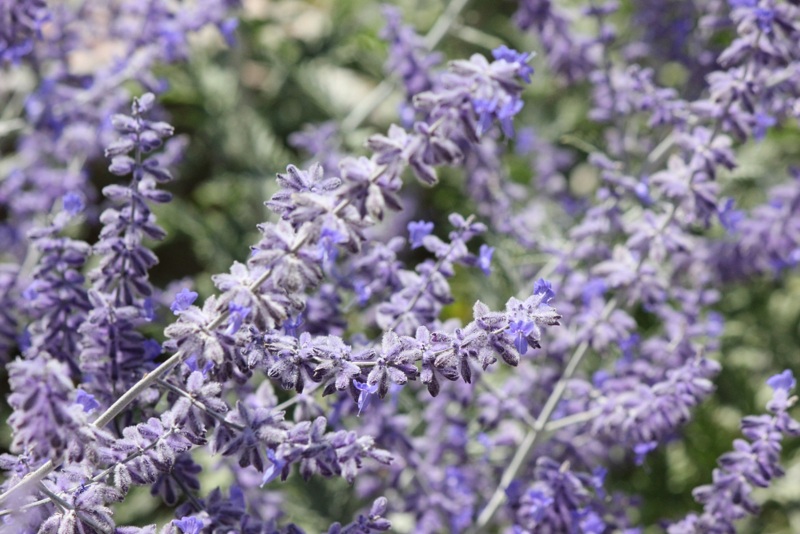
Russian sage makes a big statement in the flowerbed with its slightly arching branches of tiny blue or purple flowers. The foliage is gray-green and highly fragrant, reminiscent of lavender. This plant takes a few years to get established and come into its own, but it will reward you with its beauty for years to come. Russian sage likes full sun and grows in nearly any soil. It reaches heights of 3 to 4 feet. Russian sage is hardy in USDA hardiness zones 3 or 4 through 9, depending on the cultivar.
Blazing Stars (Liatris spp.)
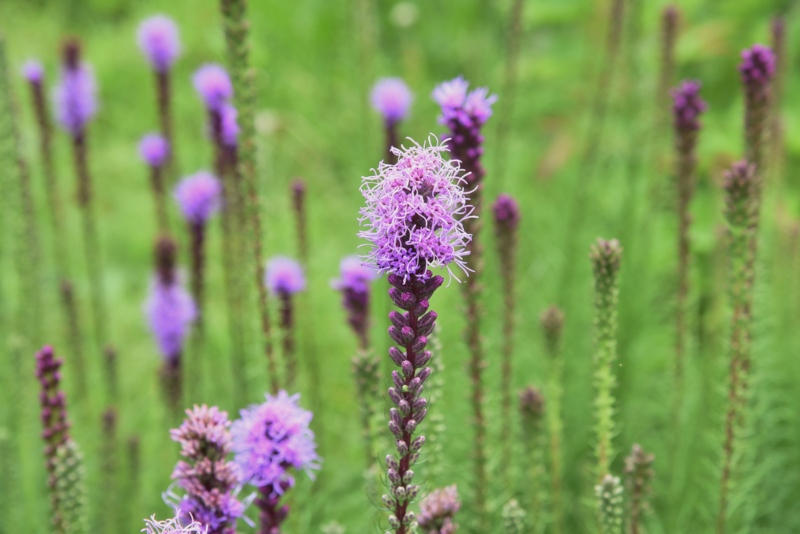
Blazing stars, also called gayfeather, produce tall flower stalks held above a clump of grass-like foliage. Tiny, star-shaped blooms fill in the spire giving it a fluffy or feathery appearance. Flower colors range from purple and blue to lovely shades of purple-red. They grow to heights of 2 to 4 feet and bloom from midsummer until fall. Blazing stars like a sunny location and do well in average soil. They are hardy in USDA plant hardiness zones 3 through 9.
Asters (Aster spp.)
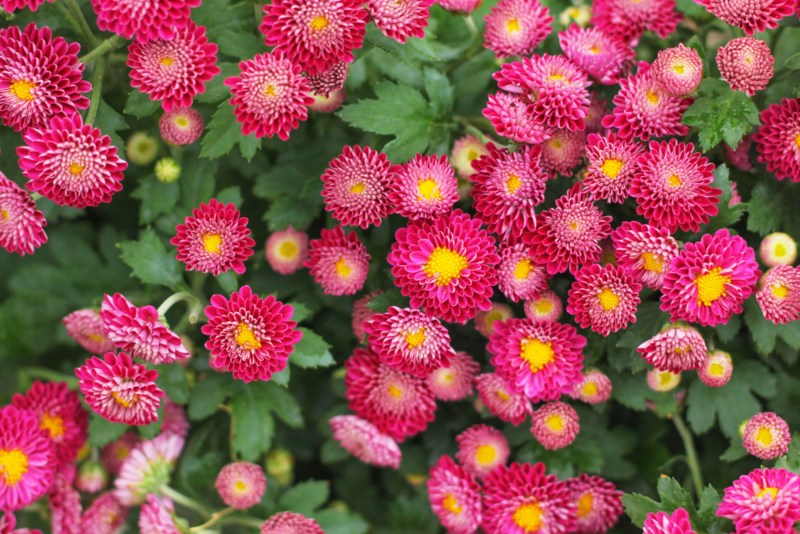
It is hard to beat asters for fall color in the flower garden. These frilly, daisy-like flowers range in color from blue and purple to lovely shades of pink and red. They range in size from dwarf 12-inch varieties to towering plants of 5 feet or more. Asters attract bees and butterflies and set the garden abuzz with activity in the fall. They prefer full sun, but will grow in partial shade. Asters are hardy in USDA plant hardiness zones 3 through 10.
Many perennials bloom sparingly the first season or two until they are fully established in the perennial bed, but don’t get discouraged. Once established these hardy perennials will return every year in larger clumps. Most require lifting and dividing every 3 to 5 years to keep them from becoming overcrowded.





